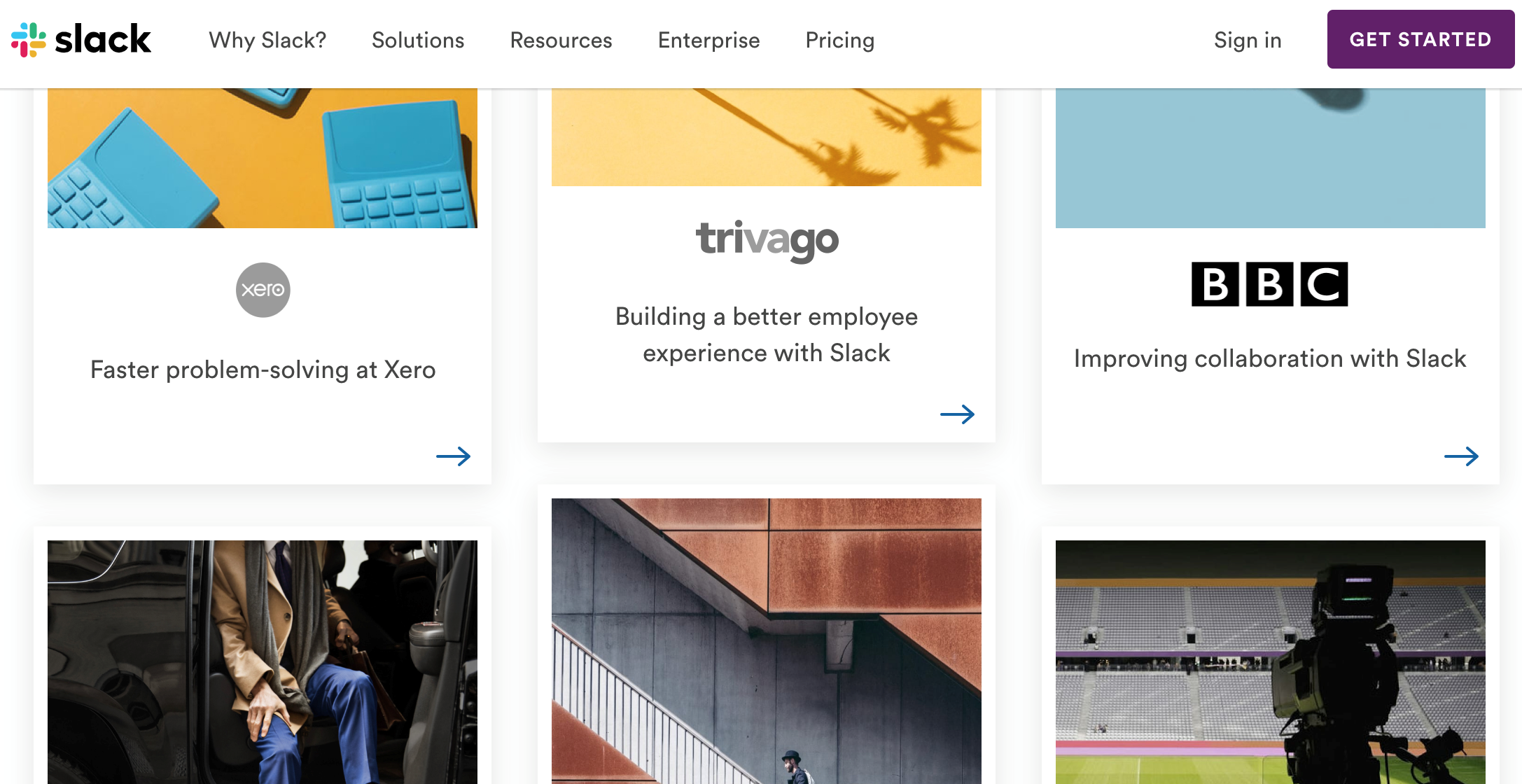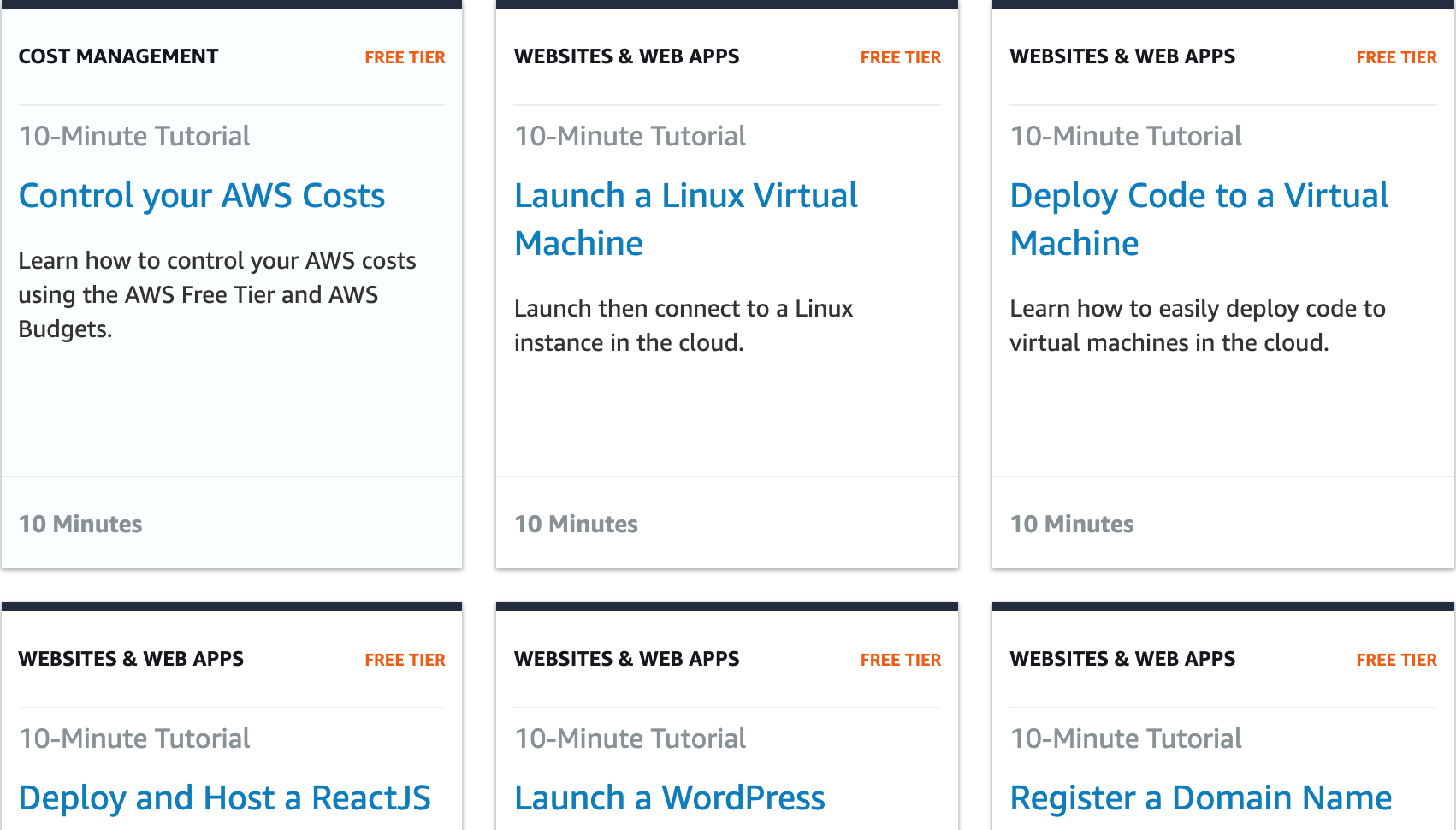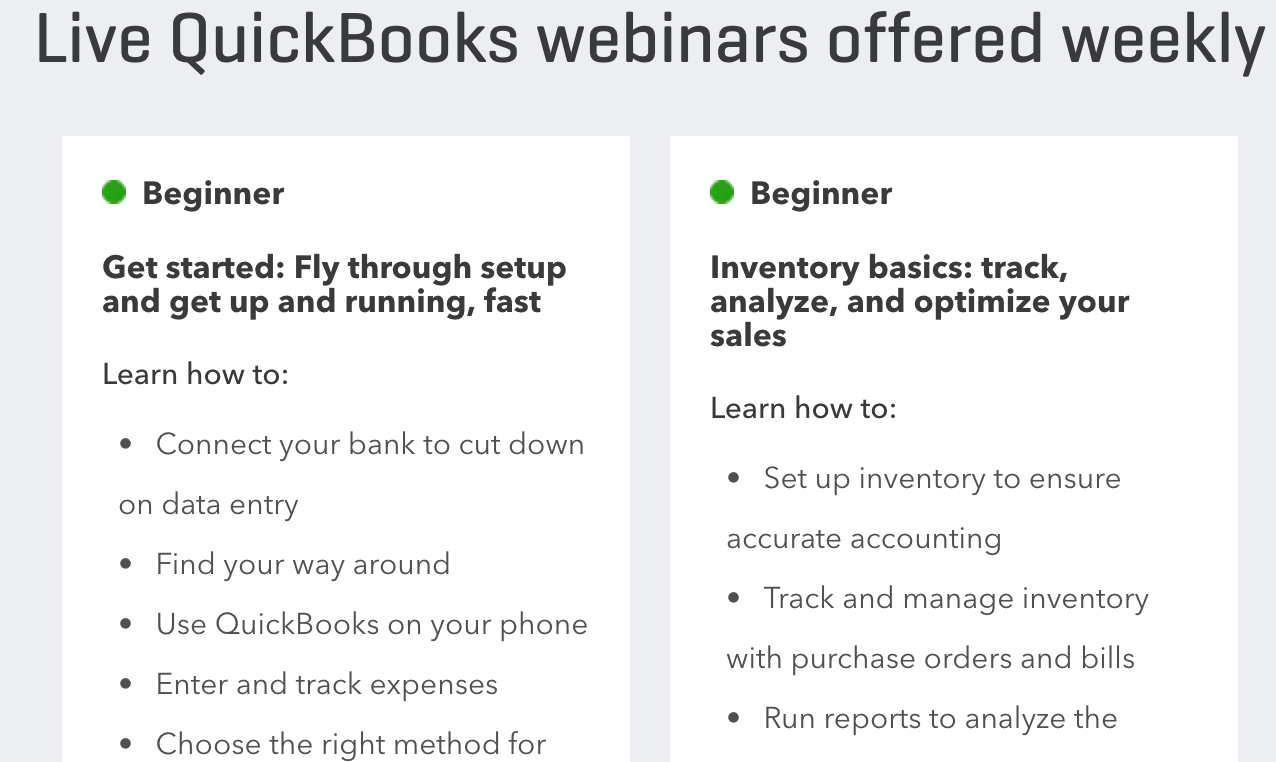Wouldn’t it be nice if your customer success managers (CSMs) had more time?
They could work more closely with customers. Turn more data into actionable insights. Put more effort into helping your other teams build a culture of success.
But CSMs are busy. They have a lot to do, from onboarding to risk management to upselling. Where do they find the time to create positive change both in clients’ companies and in yours?
One way that companies are giving their CSMs a bit more freedom is by publishing content aimed at customer success.
Content has long been the domain of marketing and targeted at potential customers. But creating content can provide a big boost to your clients, too. And that boost can free up your CSMs to focus on other issues that need their attention.
Let’s take a look at five ways that content can help members your customer success team better do their jobs.
1. Let Customers Know You Understand Them
Think about a brand that really gets you. That understands your problems and the solutions you’re looking for.
That’s probably a company you really value. It’s not a company that you’re sticking with because it’s the most convenient. It’s one that you feel you have a relationship with and that’s working on your behalf to solve your problems or make your life better.
Now, how do you know that company gets you?
One common answer might be that the company in question produces and shares content that’s highly relevant to you.
Let’s look at the Buffer blog as an example. Buffer’s content is phenomenally well positioned to show prospects and customers that the company gets them. Who’s likely to use Buffer? Social media influencers, social media managers, marketers, and similar people. What kind of content does Buffer publish? Exactly what those people are looking for.

Here are some examples:
- “10 Important Skills and Traits Your Social Media Manager Will Need”
- “How to Get (Real!) Followers on Social Media in 2019”
- “Ugly Drinks’ Four Secrets to Disrupting a $392 Billion Industry”
- “8 Unexpected Marketing Lessons from History’s Most Influential Leaders”
- “The Art of Copywriting: How to Write Better Captions That Get Engagement”
Every post on the Buffer blog is of immediate interest to one of their customer groups. It’s not a coincidence that those customer groups are highly committed Buffer’s blog and the tool itself.
Putting It in Action
How can you do this for your company? Start with the basics.
Look at your customer success personas and customer journey map. What are the questions that your best customers are asking? What kind of information do they need? Where else are they reading content?
Use the answers to those questions to start building a content calendar with a single purpose: to show your customers that you understand what they’re dealing with and can help them with it. Plus, perform a content audit to ensure your existing materials align with these insights and fill any gaps.
2. Build Customer Expertise Over Time
The better your customers know how to use your product, the more successful they’ll be in using it. That’s why customer success managers (CSMs) spend a lot of time helping clients out with walkthroughs, demos, and tips.
But what if you could “outsource” some of that to your content? You CSMs would have more time to work on other issues, you’d have a great source of content, and your customers would be getting great results.
Take a look at MailChimp’s resources section. The MailChimp 101 section that walks new customers through getting started.

They also have marketing advice and a section of walkthroughs and tutorials for customers to consult when they want to solve a problem.
Your CSMs could do all of those things on an individual basis. But why not build a content library that helps your customers get the information they need? Now, by searching and perusing your content library, they’ll build expertise with your product over time.
That frees up some of your CSMs’ time, but it also helps your customers build the knowledge and skills they need to be successful with your product. It’s a win-win.
Putting It into Action
Talk to your CSMs. What are the most common questions they answer, and what are the most common walkthroughs they give? You might think that you’ve already addressed these clearly in your product documentation or FAQ. But if that was true, your CSMs would be giving you different answers.
Create a schedule of extremely high-quality content that answers your customers’ questions on these topics. This isn’t a time for 500-word blog posts with one or two images. You need to invest in long-form, in-depth content that answers questions as thoroughly as your CSMs. Using a reliable paraphrasing tool can help polish or adapt this content for different customer segments.
(For that reason, it’s a good idea to keep them involved in the content creation process. Even just as reviewers.)
3. Use Case Studies To Spark New Ideas
Does your company serve a single type of customer? Or have a single use case for its product? Probably not. Most modern companies serve a variety of customers. Which means you have great opportunities to upsell and cross-sell your customers.
Case studies can help customers think bigger about how they work with your company.
Let’s take a look at Slack’s case studies:

At the top of the page is a case study called “How Slack helped HubSpot scale its award-winning culture.” So prospects and current customers immediately understand that Slack can improve culture.
But what if a customer has already used Slack to improve their company culture? They might scroll down and see “Expanding a media company’s brand awareness with Shared Channels in Slack.”
That, they might say, is very interesting.
And capturing interest like that is a great way to promote your other products, additional services, or higher subscription levels. The more value you can provide to your customer with those options, the more likely they are to use your product to find success.
Putting It Into Action
If you don’t already have a library of case studies representing a wide range of use cases, start planning one. Make a list of different ways customers might use your product or service, and then list clients who are doing that.
Once you’ve created these case studies, use them in your proactive outreach to make sure current customers see (and get inspired by) them.
4. Publish Deep Content That Addresses Specific Needs
When content marketing was young, companies would put out as many short, superficial blog posts as they could, hoping they’d get SEO and marketing benefits.
But content has come a long way. And it’s no longer just the purview of marketing. Let’s take a look at why that’s important.
In the early days of digital marketing, 500-word blog posts were fine. That’s what everyone was doing. That doesn’t work anymore (for the most part). Today, long-form content is in. This content helps people solve problems by providing detailed walkthroughs and other information.
And while much of the content lifecycle is driven by marketing, other groups within companies are starting to catch on. For example, customer support groups now create online support content to answer common questions. Clients don’t have to get in touch, saving everyone time.
Customer success teams can do the same. When they’re involved in creating highly valuable content, customers benefit.
Amazon Web Services (AWS) opts for 10-minute video tutorials:

CSMs may have spent hours going through all of this information with each new client—but instead, clients can now head to the tutorials page and find the information they need. Only if it’s not there would they continue to their customer success rep.
Of course, addressing people’s needs doesn’t mean just focusing on how to use your product. If you sell a small business sales platform, you can write blog posts about how to run a small business and the importance of a cohesive sales team when you’re fighting against bigger competitors.
Putting It Into Action
Much like point #1, putting this point into action is all about understanding your customers. Ask your CSMs—and your clients directly—what issues are important to your customer base.
You might get the same answers you’d expect: scalable growth, boosting revenue, and so on. But every once in a while, you’ll get a surprising response. Addressing that concern with long-form content will not only show your customers that you understand them but also help them be more successful without adding to the burden on your CSMs’ shoulders.
5. Reach More People With Video, Webinars, And Social Media
Articles and blog posts are still important, but other types of content have become increasingly popular. And that comes with a lot of great opportunities for customer success teams.
Video has become increasingly popular for reaching people online—for any reason. Webinars let you connect with your audience and interact with them in real time.
(Which is why Quickbooks runs multiple webinars every week to help customers learn how to use their software.)

Social media gives you access to a wealth of information about your customers and helps you answer questions before they become big issues. Using social media analytics tools you can easily stay on top of new trends or mentions, and get audience insights. With such broad reach—almost two-thirds (63.9%) of the world’s population uses social media—your CS team can meet customers where they already spend time and distribute how‑to content at scale.
And there are lots of other ways to reach your customers. New marketing and communications technologies show up all the time. New content delivery methods become popular as more people see their value.
It’s up to your customer success team to make use of those technologies and content delivery mechanisms to help your customers succeed.
Putting It Into Action
Try new things. If most of your customer success content is on your blog, run a live stream tutorial. If you have a lot of videos, trying converting them to text and sharing them on social media.
You never know which type of content will resonate with your audience, so keep experimenting. And—many companies forget this part—ask your audience what they want from your content.
Send a survey to your email list, reach out on social media, include a couple choices in your product feedback form, and use any other method you can think of to learn more about the types of content your audience wants.
Use Content in Ways That Work for You
These five methods are great for getting started on customer success content. But there are as many ways to use content as there are companies. Experiment with different options to see what works best for your company.
To make it easier, start with one or two of the five points above. See how your customers react, ask them what they’d like to see in the future, and continue building your customer success content.




